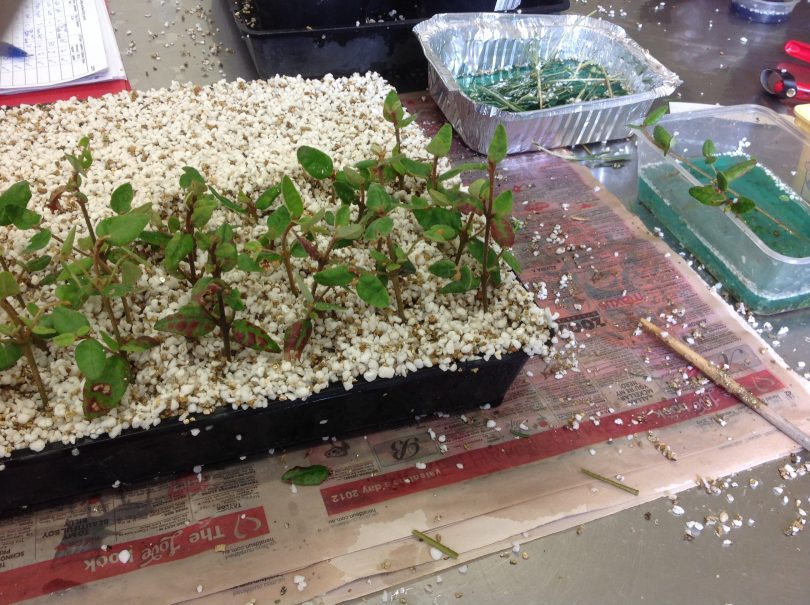In vitro (petri dish) propagation is a technique that can be used improve the safety and quality of medicinal cannabis. However, this is easier said than done. Cannabis plants are greatly influenced by growth culture conditions which ultimately determine the quality of the plantlets that are produced.
Although several photoautotrophic micropropagation (PAM) techniques have been developed for cannabis propagation, no sure-fire protocol has been investigated and put forth. [1]
Is it necessary to have such a protocol?
Micropropagation of cannabis could help to propagate medicinal cultivars that are disease-free and pest-free if optimum conditions are maintained. It also facilitates a rapid cultivation process.
However, if in vitro micropropagation is not carried out correctly, the resulting plantlets may have different and undesirable morphology. This makes it necessary to have a standard protocol tested and confirmed as effective. Such a protocol could be used to benchmark the effectiveness of in vitro techniques for cannabis micropropagation.
A team of researchers from the University of Vienna developed a protocol to serve as an alternative propagation system that mimics traditional nursery-based vegetative propagation. [1]
Rockwool blocks were used as the substrate. Commercial fertilizer was also used. Sterilization was carried out with sodium hypochlorite, and tip cuttings (one 80–100 mm shoot tip and two 30-40 mm nodes) were placed in forced-ventilated jars. Stock cultures were thus initiated. These plantlets then provided a steady supply of shoot tips and nodal cuttings for at least six months.
In 3 weeks, a 97.5% rooting rate was achieved.
A few basic steps were employed in this process:
- Cultivation and initiation of aseptic stock cultures
- Maintenance of stock plants in forced ventilated glass jars or the RITA system
- Rooting and acclimatization
As mentioned, stock cultures were initiated once and could be used to provide shoot tips for six months. The ideal time for obtaining cuttings from the stock plants is after at least three nodes have developed. The lowest nodes should be left untouched to allow re-sprouting. This also helps to manage plant height.
The authors note that while the forced ventilation jars provide greater headspace, the RITA system provides better handling due to a wider opening.
Results
In 5 weeks, 95% of the stock plants maintained in forced-ventilated glass jars showed a positive development of shoot tips and were well rooted. Survival rate was at 100%.
The plantlets were of comparable quality to nursery grown plantlets and did not show signs of hyperhydricity. No sugars were required for this process; this reduces the chances of microbial contamination. Additionally, no growth regulators were required. [1]
It is evident that this PAM system can help to improve the quality of medicinal cannabis cultivars.
Image Source
References
- Kodym A, Leeb CJ. Back to the roots: protocol for the photoautotrophic micropropagation of medicinal Cannabis. Plant Cell Tiss Organ Cult. 2019;138:399–402. Journal Impact Factor: 2.196; Times Cited: 6 (Semantic Scholar)








